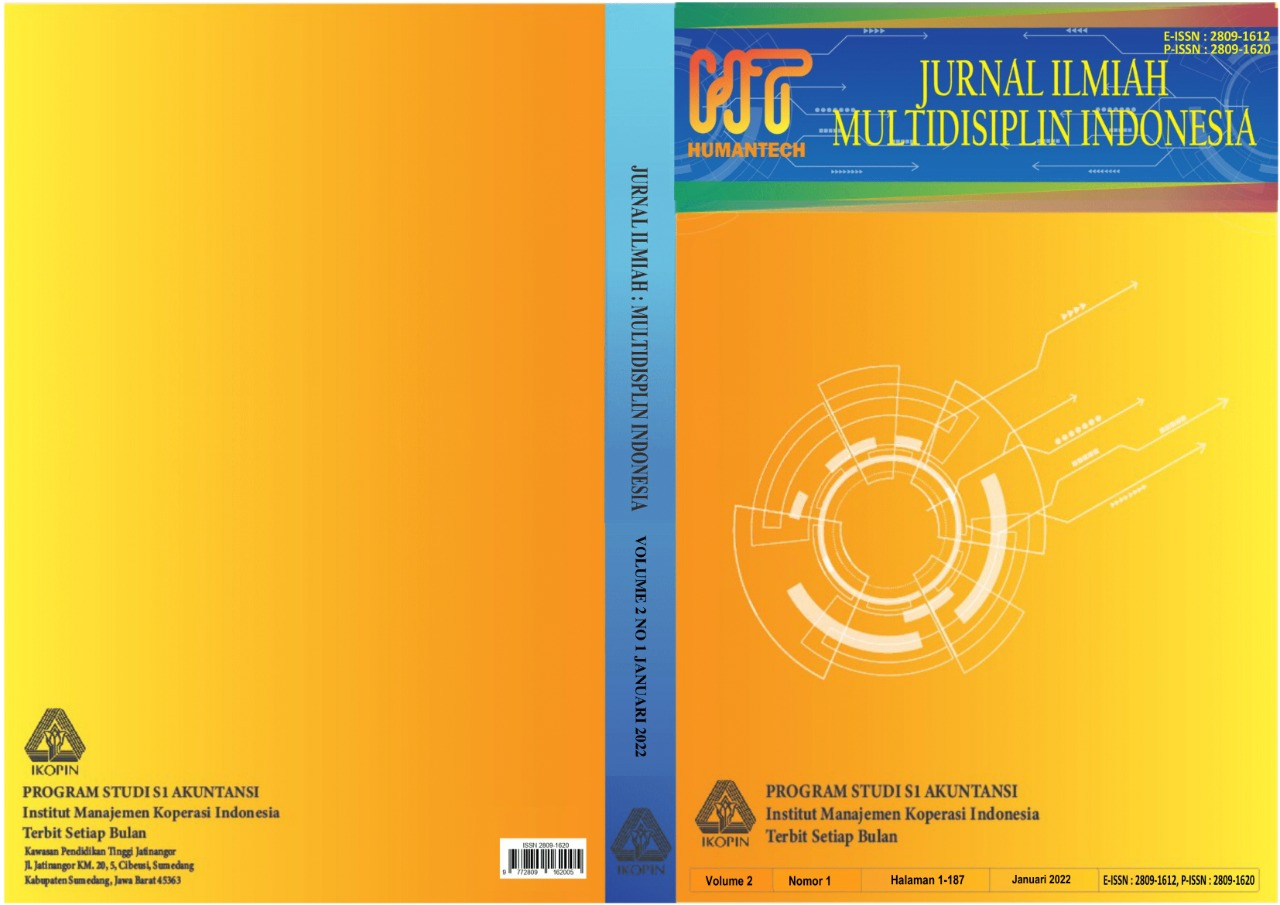Review: profil disolusi dan media disolusi yang baik pada tablet rifampicin
Main Article Content
Abstract
The development of generic drug consumption in Indonesia is relatively slow.
This is because generic drugs are still underestimated by stakeholders for
various reasons, the most classic and fundamental is quality. So it is necessary
to test the dissolution rate of a drug preparation, so that the dissolution test can
be a method to prove the quality of a preparation including generic and branded
rifampicin tablets. Objective: To find out how the good dissolution profile onrifampicin tablets branded and with the logo and to find out how good the invivo and in-vitro correlation coefficient values are on the dissolution media.
Results: There is no significant difference in DE45 between branded and
generic rifampicin tablets, so the results obtained indicate that the brand and
generic rifampicin tablets have the same efficacy and quality. Conclusion: The
greater the dissolution time, the higher the dissolved rifampicin level. Where
the DE45 value indicates the speed of drug dissolution into the medium
approaching the in vivo drug absorption profile. The results show that there is
no significant difference in DE45 between branded and generic rifampicin
tablets, so that the results obtained indicate that the brand and generic
rifampicin tablets have the same efficacy and quality. The data show a good
correlation with the yield obtained from the dissolution medium containing
0.4% (w/v) sodium lauryl sulfate. Furthermore, the in vitro-in vivo correlation
value obtained from the 0.4% (w/v) sodium lauryl sulfate solution medium was
in accordance with the in vivo correlation coefficient. Then the 0.4% (w/v)
sodium lauryl sulfate solution is a suitable dissolution medium for the fixed dose
combination of rifampicin-isoniazid.
Article Details
References
Damayanti, N. A., W. Putranti., dan D. V. Pertiwi. (2019). Comparisons of physical
properties and rates of rifampicin dissolution in Fixed Dose Combination (2FDC)
tablet against rifampicin tablet. Jurnal Kedokteran dan Kesehatan Indonesia,
(3), 222-228. Drugbank, 2020, https://go.drugbank.com/drugs/DB01045, accessed on December 6,
Kemenkes RI, 2013, Riset Kesehatan Dasar; RISKESDAS, Jakarta: Balitbang Kemenkes
RI
Kemenkes RI, 2014, Farmakope Indonesia, Edisi V, Jakarta: Kementerian Kesehatan
Republik Indonesia.
Nurtanti, M. P., A. M. Kusuma dan A. Siswanto. (2010). Profil Disolusi Terbanding
Tablet Rifampisin Merek dan Generik. PHARMACY, 7(1), 76-86.
Panchagnula, R., A. K. Bajpai., S. Agrawal., Y. Ashokraj. (2006). Dissolution Testing of
Marketed Rifampicin Containing Fixed Dose Combination Formulations Using a
New Discriminative Media: A Post Marketing Retrospective Study. Pharmazie,
, 851–854.
Pemerintah RI, 1999, Undang-Undang Repbulik Indonesia Nomor 8 Tahun 1999 Tentang
Pelindungan Konsumen, Jakarta: Pemerintah Republik Indonesia.
Rachmawati, I. N. (2007). Pengumpulan Data dalam Penelitian Kualitatif. Jurnal
Keperawatan Indonesia, 11(1), 35-40.
Ramadhana, B., 2005, Analisis disolusi dan Waktu Hancur Tablet Salut dan Non Salut
Asam Mefenamat 500 mg, Tugas Akhir, Bogor: Akademi Kimia Analisa.
Rao, B. S., A. Seshasayana., C. P. S. Narayan., K. S. Sudha., S. V. Pardhasaradhi., N. R.
Kumar., and K. V. R. Murthy. (2001). Studies on Release of Rifampicin from
Sinetered Matrix Tablets. Indian J. Pham. Sci, 63(5), 371-378.

